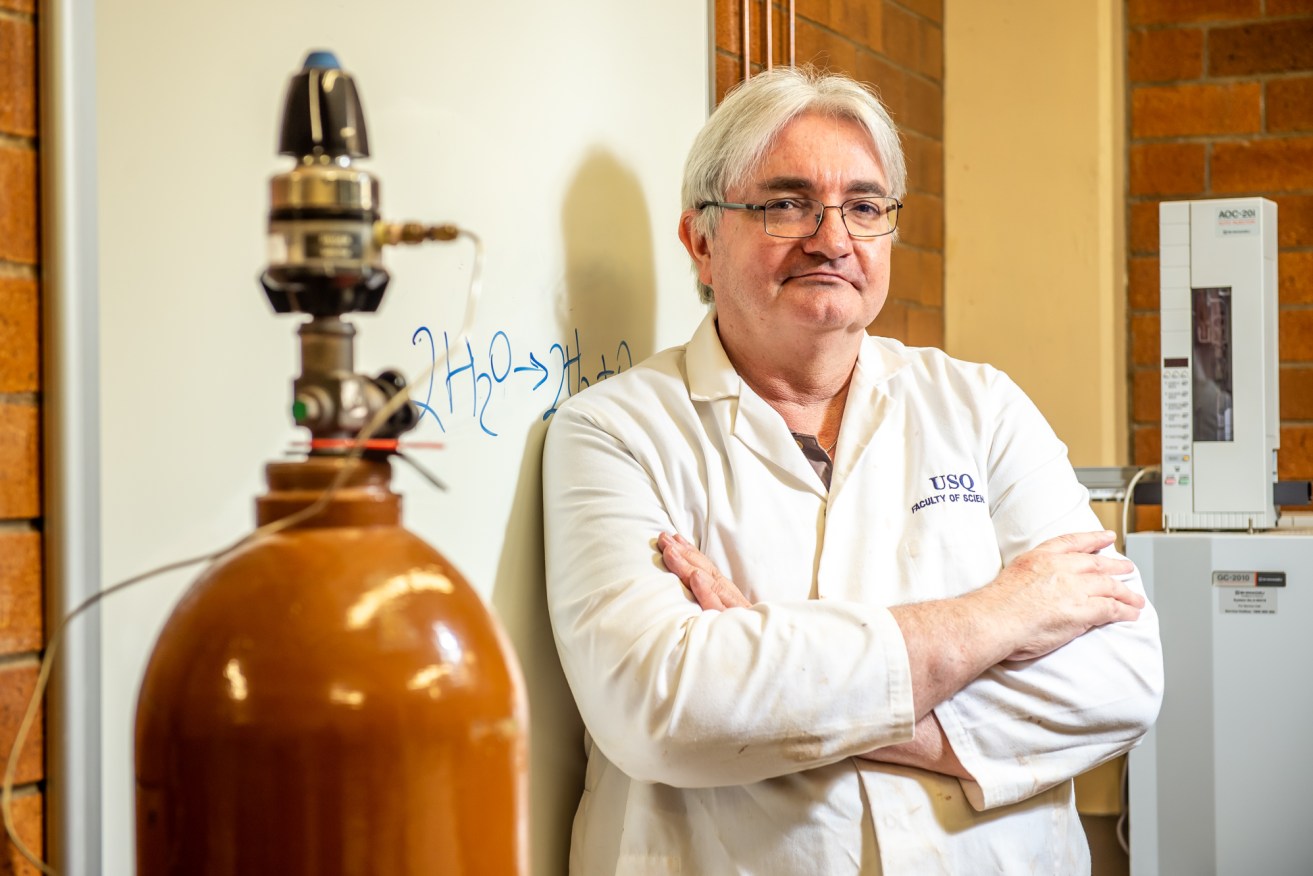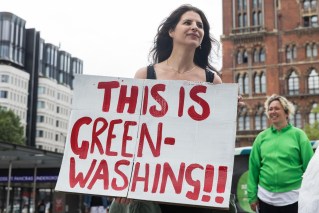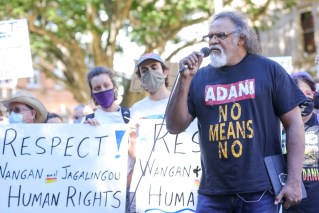How hydrogen became the new black – and why pollies fear their ‘Kodak moment’
Of all the things hydrogen can do, it has the potential to help Australia escape a Kodak moment, according to the University of Southern Queensland’s Dr Mark Lynch.


USQ's Dr Mark Lynch
It’s a reference to how Kodak, once a giant in film and cameras, missed the introduction of digital cameras and then watched as its business collapsed.
But hydrogen has that gold rush feel about it. Companies and governments are scrambling in all directions to make sure they aren’t today’s version of Kodak and there’s a lot to play for.
Queensland’s economy is dependent on coal and to a lesser extent gas but they are likely to fall from favour over the next few decades. An example of this is Rio Tinto’s announcement of a process it has discovered for making steel without coal which, if it became commercial, could have a serious impact on the coal industry.
But a report released by Transgrid this week said its modelling forecasts that Queensland would dominate the production and export of hydrogen and green steel from the 2030s, followed by NSW and WA in the 2040s.
“By 2050, north Queensland and the Hunter Valley in NSW are projected to produce and export the largest quantities of hydrogen and green steel in Australia,’’ it said.
Hydrogen has also become the in flavour topic with the State Government which is keen to diversify away from fossil fuels. This week alone it announced a deal with Fortescue Future Industries for a hydrogen catalyser production plant in Gladstone, then came a second deal between FFI and Incitec Pivot that could lead to a $400 million hydrogen ammonia plant on Gibson Island.
After that came a memorandum of understanding with the Port of Rotterdam over a potential hydrogen supply chain and Sumitomo and CleanCo stitched together a deal to work together on local hydrogen production.
The Andrew “Twiggy” Forrest carnival that rolled through Queensland making hydrogen announcements this week then moved to Sydney where he was front and centre of an announcement to lure $80 billion in investment for the state through hydrogen.
But to become a “clean energy superpower’’ there would need to be a massive expansion of electricity generation capacity and the grid.
Billions would be needed, but Lynch, who is a senior lecturer in Biochemistry and Chemistry, said hydrogen was a chance for Australia.
“We have dropped the ball on technologies over the years. In the 1950s Australia was one of the leaders in nuclear power and promptly dropped it and said there was no use for nuclear power,’’ Lynch said.
“There is probably a lot of politics in that but there have been opportunities like that that have passed us by.
“One of the reasons I’m excited about this is we are ready to take the plunge to do something innovative and new. The signs around the world are that there are other places that are investigating this as well, but to be at the forefront will serve us well.’’
Hydrogen has never been considered as a fuel source for a few reasons, namely the cost of producing it. Green hydrogen, using renewable energy, costs about $6 a kilo. To be commercially viable it has to be around $2 a kilo.
Also, it’s highly flammable and notoriously difficult to transport which is why Incitec Pivot sees opportunities. It produces ammonia of which hydrogen is a component. It can be used to store hydrogen for transport and it can then be extracted at its destination.
Transgrid’s report said the cost of hydrogen production was likely to fall to $2 by 2030 and $1 by 2050.
Significantly, the broader Queensland economy could benefit from hydrogen, according to the Transgrid report.
“Our modelling shows these regions can be at the forefront of Australia’s clean energy future,’’ it said.
“In an orderly transition of the energy system, no cohort of workers should be left behind.’’
To reach the “clean energy superpower” status Transgrid suggests the required generation capacity is beyond the resource availability in renewable energy zones that have been identified so far.
“Our modelling suggests 62GW of new renewable generation is required in a far-north west NSW zone and 42GW in a far-south west Queensland zone in the period 2043-50.’’
Lynch said it’s never too late to start down the hydrogen track.
“The problem can be solved really quickly. If you remember the issue of the hole in the ozone layer there was a lot of debate about what was causing it and it was decided it was a certain class of chemicals and now there is no longer a hole in the ozone layer,’’ he said.
“The earth is a pretty resilient system and given the chance it will correct itself. The fact we are still living indicates we have not gone too far.
“One thing we have on our side is we have plenty of space and sunlight. The advantage we have here -we have space, sunlight and wind.
“We can be at the forefront of things.’’












